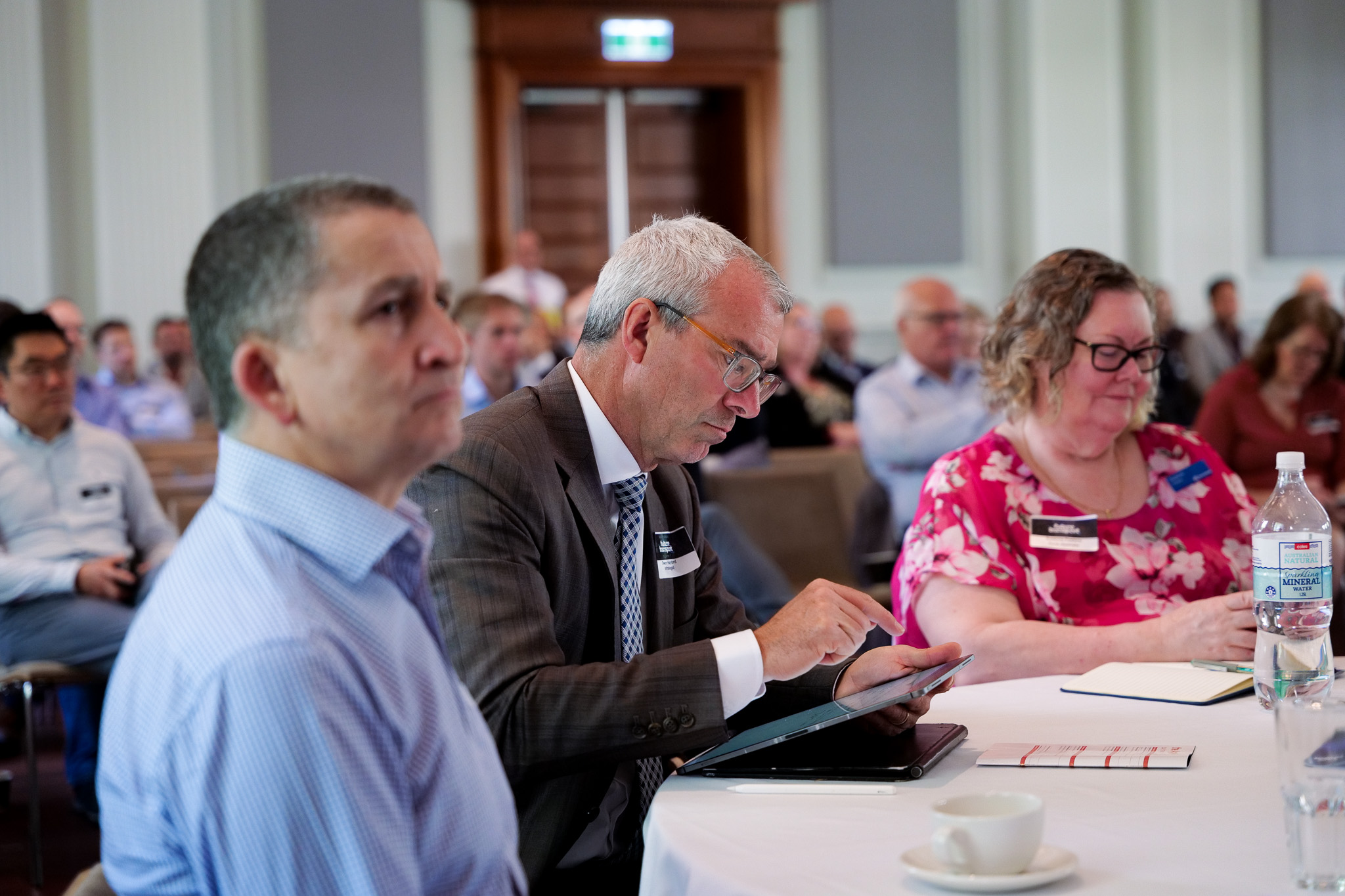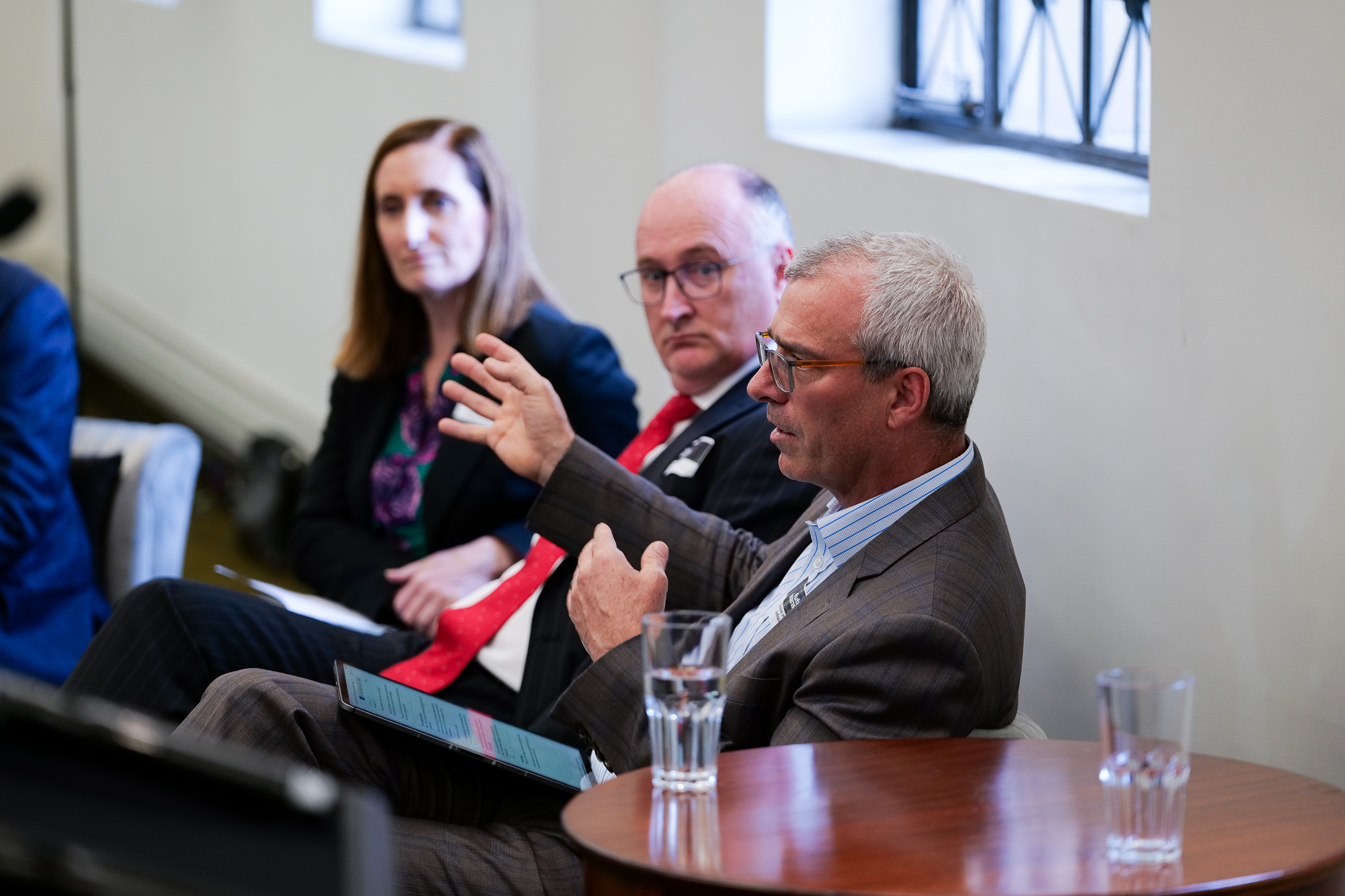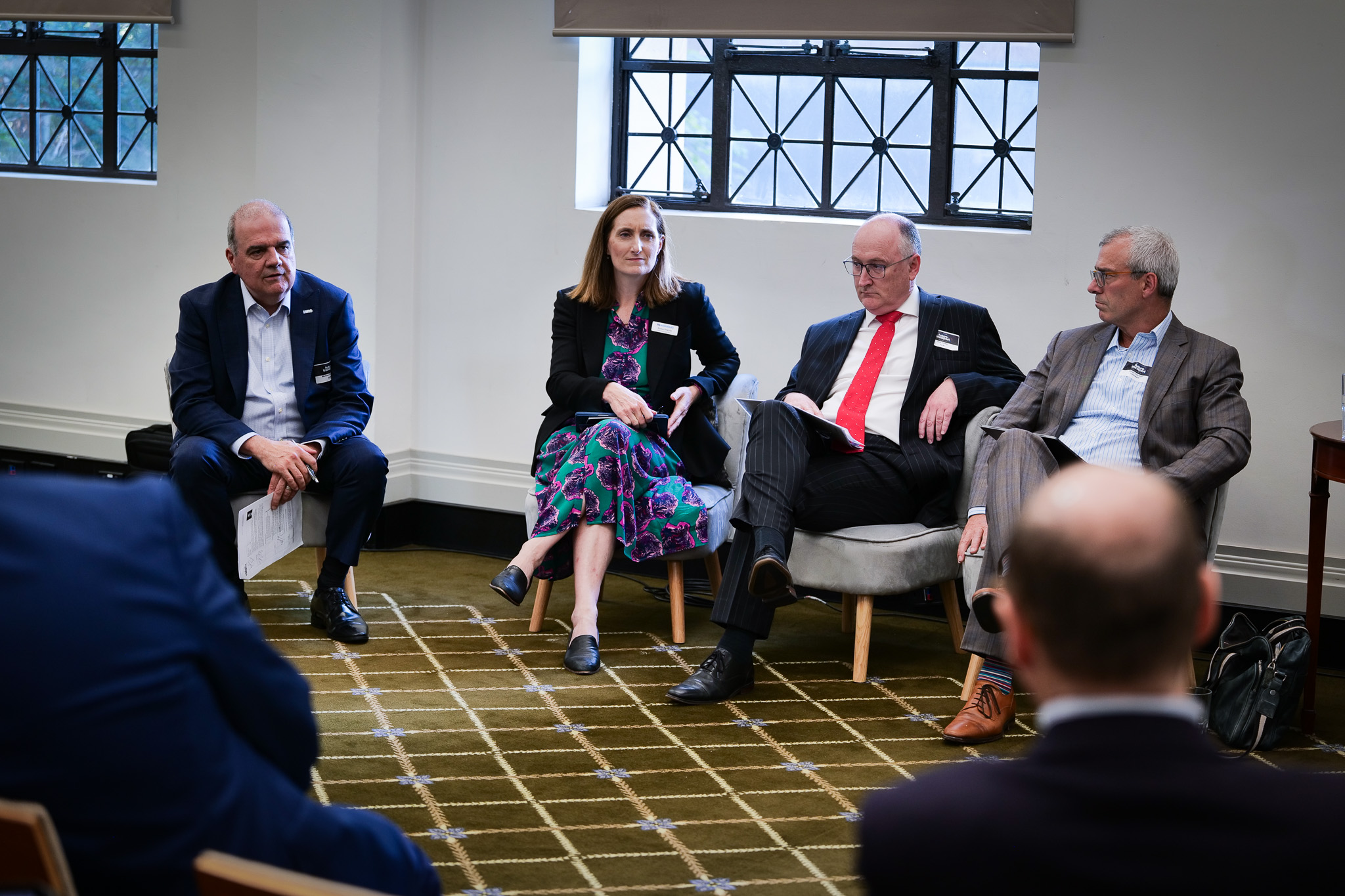
Opinion piece from Owen Hayford, Founding Principal of Infralegal
The question for Australia today is not whether our transport infrastructure needs to change, but how we curate the transition to a governance and funding model that is more sustainable, inclusive and ready for the future. The recent National Future Transport Summit, held in Brisbane in September 2025, made this abundantly clear. Its recommendations chart a practical and ambitious course toward an infrastructure system that reflects the realities and opportunities of connected and automated transport networks.
As someone who has spent decades navigating the intersection of government and industry in infrastructure delivery, I see the Summit’s recommendations as both timely and necessary. They set the scene for reform that moves beyond isolated projects and short-term funding cycles to a system that is networked, resilient and genuinely collaborative.
For too long, Australia’s infrastructure delivery has been constrained by a model where governments fund, own, manage and decide. That model has delivered much, but it’s now straining. Funding priorities too often reflect politics rather than productivity and available budgets cannot keep pace with the scale of investment required. Additionally, the private sector’s role remains fragmented, confined largely to construction rather than partnership.
Much of my work at Infralegal involves helping governments and private operators navigate these governance and funding challenges. From that vantagepoint, the Summit’s recommendations capture the shift I see as essential: broadening participation, sharing responsibility and modernising funding models to reflect the realities of an increasingly digital and connected transport ecosystem.

The first step is to take a system-wide view of transport planning and delivery.
Today, planning remains fragmented, project by project, mode by mode. But the benefits of connected and automated transport will only be realised if our infrastructure functions as an integrated network.
For freight, that means automated corridors linking ports, airports and logistics hubs.
For public transport, it means integrating robotaxis and on-demand shuttles as part of the network, not as competitors to it.
And for aviation, it means planning for vertiports, drone hubs and aerial traffic systems that integrate seamlessly with existing infrastructure.
This shift must be at the heart of how we plan and fund infrastructure in the years ahead.
As vehicles and networks become more connected, the digital backbone becomes as vital as the physical one. Without trusted digital infrastructure and confidence in cybersecurity, adoption will stall.
Embedding digital requirements into transport planning now will ensure Australia’s infrastructure keeps pace with technological change rather than playing catch-up.
This is where we must be bold. The Summit’s recommendations rightly call for a review of ownership, management and funding models for both physical and digital infrastructure. Public funds alone cannot close the gap between our growing infrastructure needs and available resources.
The private sector, meanwhile, is no longer just a financier. It is an operator, a service provider and often a co-innovator. To harness that capability, we need partnership models that genuinely balance public purpose with private expertise.

Traditional Public-Private Partnerships (PPPs) have served Australia well, but the model needs to be re-envisioned to keep up with emerging needs. Too often, design and construction contractors dominate the bidding and design process, while those focused on long-term service outcomes are side-lined.
A partnership-led PPP model offers an alternative that restores balance by putting long-term partners like operators and equity investors at the centre of procurement.
Under this model, government begins by selecting its long-term partners and establishing a jointly owned partnership entity. The government awards the service delivery contract directly to this entity, creating a guaranteed revenue stream for delivering services. Only then does the partnership collaboratively design the infrastructure, competitively tender construction works and secure the balance of financing.
This model differs from the traditional PPP in crucial ways:
The result is a procurement model that promotes transparency, whole-of-life performance, and better value for money. Outcomes that align directly with the National Future Transport Summit’s vision for collaborative, system-wide reform.
Of course, this model is not without challenges. The main risk for government lies in cost uncertainty before detailed design is completed. But this can be mitigated through pre-agreed adjustment mechanisms, stronger front-end design work and clear walk-away provisions for all partners. The benefit is a model that retains flexibility, transparency and genuine alignment between public and private interests.

Some may worry that greater private involvement risks eroding the public interest. But what’s being proposed is not privatisation, it’s partnership. Government remains a shareholder, a decision-maker and the guardian of community outcomes. The shift is not about control, but about shared accountability and shared opportunity.
Taken together, the Summit’s infrastructure recommendations and the partnership-led PPP model provide a vision for a new kind of infrastructure governance, one built on networks, not silos; digital integration, not fragmentation; and partnerships, not transactions.
This is the kind of reform that will allow Australia to:
If adopted, these ideas could transform how Australia plans, funds and delivers the infrastructure of tomorrow, ensuring our transport networks are not only fit for the future, but shaping it.
The Commute is a CCAT member-driven regular deep dive into the most pressing topics shaping the future of transport. The Commute provides our community with a voice to share insights, spark conversation, and influence the direction of Australia's transport transformation.